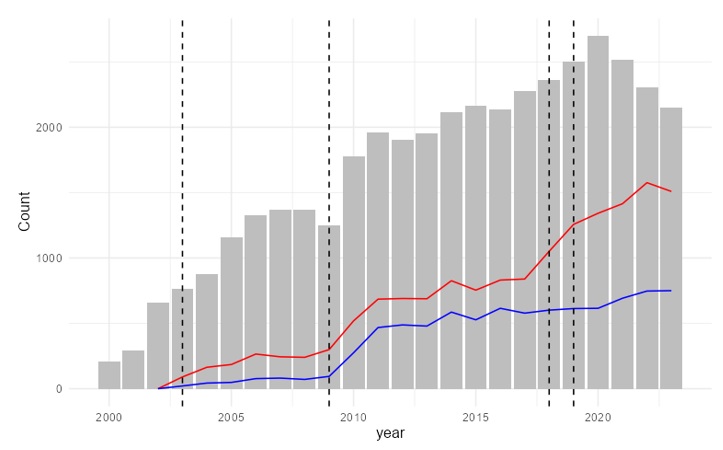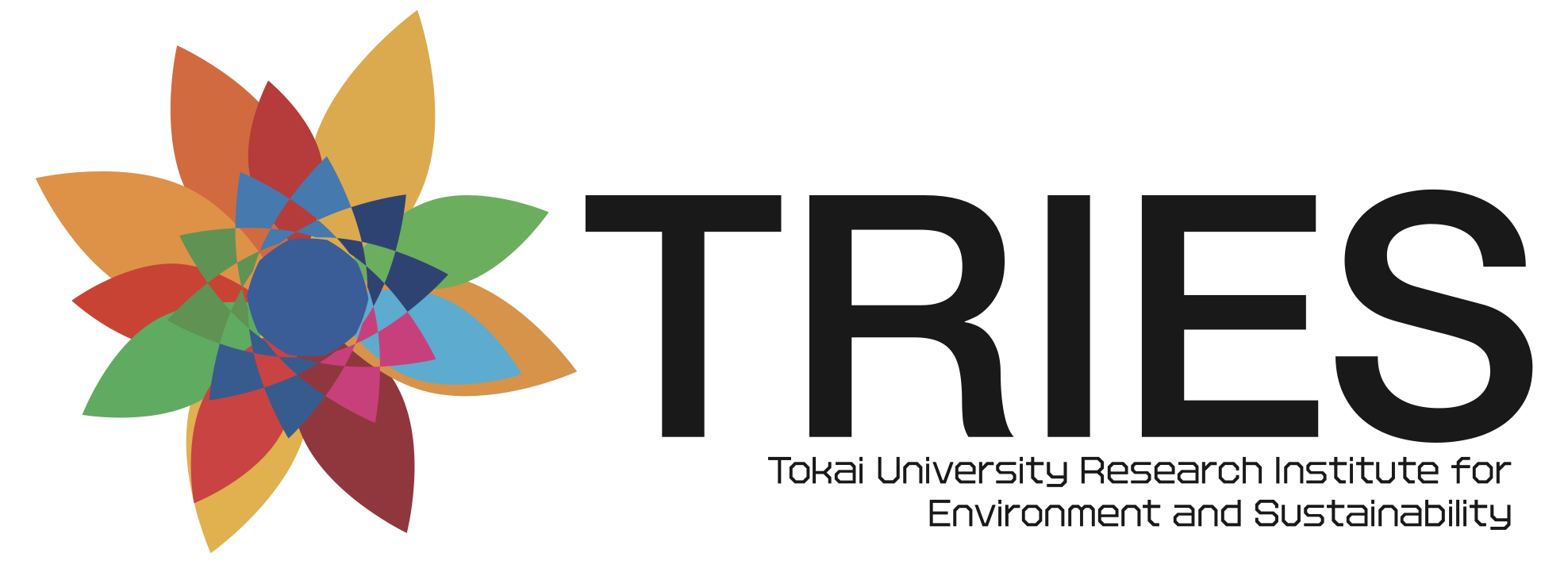Soil contamination in residential areas
10/1 2025
Author: Kai Nomura
Land contamination is one of the typical environmental problems, as well as water contamination and air pollution. The latter can prevent human health issues through emission regulation, while the former, which is an accumulative problem, does not immediately cause health damage. Therefore, it is important to know how to prevent exposure to soil contamination after a contamination event has occurred.
Land contamination in Japan has been known as one of the country’s significant environmental issues, including the “Asio Copper Mine Pollution” and the “Itai-itai disease” that have historically plagued the nation. Recently, there have also been cases of social problems, such as the discovery of soil contamination following the relocation of the “Tsukiji market,” one of the largest fish markets in the world. On the other hand, even though many soil contamination cases are not considered major problems, they are identified each year through surveys conducted when land is reused after plant closure.
Japanese land contamination issues were addressed by the “Act to Prevent Soil Contamination on Agricultural Land”, enacted in 1970, specifically for agricultural land. However, legislation targeting soil contamination on general land, including urban areas, the “Soil Contamination Countermeasures Act” was not enacted until 2003. With the enforcement of this law, which aims to protect human health, the real estate market requires remediation, and the number of expensive decontamination operations has increased. This law was amended in 2010 to reduce excavation and removal operations and ensure proper management of contaminated soil. This amendment establishes countermeasures standards based on land use and classifies land use restrictions according to pollution levels to clarify institutional management. Specifically, contaminated land is divided into two categories: “areas requiring action” where standards are exceeded and there is a risk of health damage, and “areas requiring notification when characteristics change” where no measures are required. Only the former has been required to be subject to the blocking of exposure routes and decontamination. Further gradual revisions were made in 2018 and 2019, including changes to speed up procedures, requiring the storage of records after remediation, and expanding the scope of investigations.

Note: Grey histogram indicates the number of surveys for all land contamination. Red line indicates the number of mandatory surveys and blue line is the number of land contamination in legislation surveys. Source: “Result of a survey on the status of implementation of the soil contamination countermeasures act and cases of soil contamination investigation and countermeasures, etc.” (2025)
Figure 1 shows the number of investigations into land contamination. Corporate voluntary surveys (grey) had been conducted before the enforcement of the law. Still, mandatory surveys (red) conducted upon the decommissioning of hazardous substance handling facilities or by order of prefectural governors significantly increased starting in 2003. Survey numbers have risen particularly following the 2009 and 2018 amendments to the law. Within the context, the number of cases where contamination (blue) was discovered as a result of mandatory surveys has shown a marked increase since 2009.
Disclosure of contamination information mitigates information asymmetry between buyers and sellers in land transactions, enabling the avoidance of risks associated with purchasing contaminated land and preventing price declines. However, research questions remain: Can prices recover solely through physical decontamination, despite the psychological aversion—the stigma—associated with contamination? What is the timeframe required to overcome this aversion? Coordination among administrative bodies to implement risk communication aimed at mutual understanding between businesses and citizens will remain crucial.
References
MOE (2025) “Result of a survey on the status of implementation of the soil contamination countermeasures act and cases of soil contamination investigation and countermeasures, etc.” (in Japanese; 環境省(2025)「令和5年度土壌汚染対策法の施行状況及び土壌汚染調査・対策事例等に関する調査結果」)
https://www.env.go.jp/water/report/r3-01/index_r4_00003.html
(Accessed on September 30, 2025)
